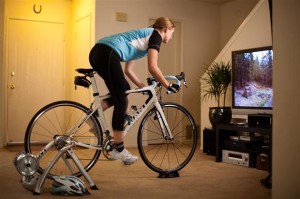Almost every cyclist wants to be able to produce more power and go faster on their bike. It’s a natural instinct, for amateur and professional cyclists alike. Strength training exercises for cyclists can help build up the muscles used on the bike, but it’s not a shortcut or a replacement. To increase the force of each of your pedal strokes and improve your technique you have to ride. A lot. However, strength training can be a great addition to your cycling training plan, or get you through the winter months when you can’t ride as much as you’d like.
We all know that cycling involves the legs in a big way, but having a strong core is also extremely important for cyclists. Your core acts to stabilize your body and help you control your bike. It also allows you to pedal with a smooth and powerful action, maintain a strong upper body position, and prevent lower back pain. Here are some of the best strength training exercises for cyclists that target areas that will make your stronger on your bike.
REMEMBER: The goal of strength training exercises for cyclists is to build strength to use on your bike, not to bulk up. This is especially important if you are training in a gym. Just keep in mind that you probably have different goals than the person next to you, so just focus on what you’re doing and how it can improve your cycling.
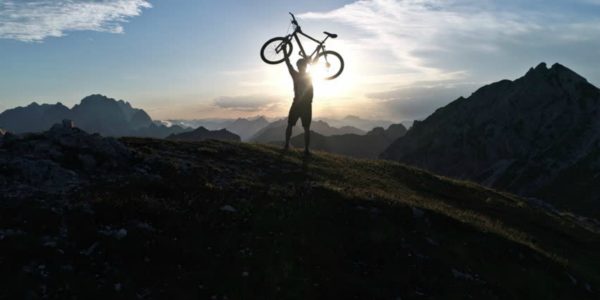
Plank
Planks are simple and effective when it comes to increasing your core strength. They can be done almost anywhere, so no need to hit the gym. When done correctly, planks will target your shoulders, abdomen, and lower back.
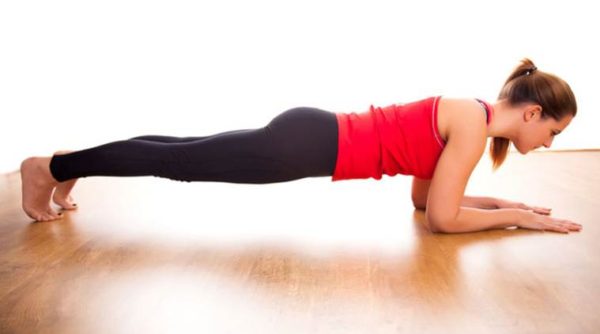
Place your forearms on the ground with your elbows directly below your shoulders and arms parallel to the body. Keeping your back straight and in line with your bum, resting on your toes. If you find yourself arching your back or sagging your hips toward the ground, try modifying by dropping from your toes to your knees. Start by holding for 30-60 seconds per round. Repeat 3-5 times.
Lunges
Lunges are specifically great for cyclists because they work one leg at a time, just like pedaling. They target your quadriceps, hips, glutes, and hamstrings, which are the major players on your bike.
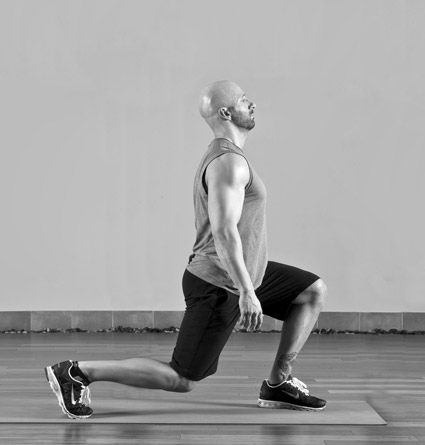
Keep your upper body straight with your shoulders back and head facing directly ahead of you (resist the urge to look down). Step forward with one leg and lower your leg until both knees are at a 90 degree angle. Make sure your front knee does not extend beyond your ankle, and keep the weight in your heels as you push back up. Start with 15-30 reps per set, or add weight and do less reps. Try for 3-5 sets.
Burpees
Everyone’s favourite full body exercise! The burpee may be painful, but the movement involves all the major joints through explosive movements. Plus, there’s plenty of room to modify the movement to ensure you are getting all you can from it while maintaining proper form.
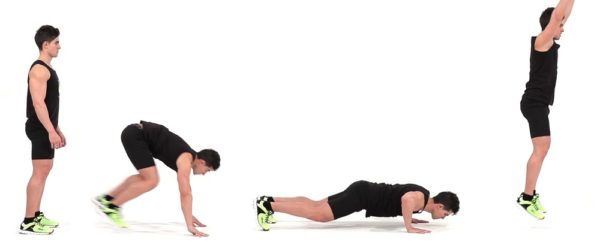
Stand with your feet shoulder width apart, focusing on placing the weight in your heels. Push your hips back, bend your knees and lower into a squat ensuring that your knees do not extend beyond you ankles. Place your hand on the floor in front of you, shift your weight onto them, and jump or step back your feet back into plank position. Keep your body straight as you would in a typical plank. Lower your chest and do a push up. Jump your feet back so they land just outside your hands. Stand up, raise your hands above your head, and jump up into the air. Start with 10 reps, working your way up to 20 per set. Complete 3-5 sets.
Crunches
Crunches are another classic, but effective exercise that you can do anywhere. They target the core like nothing else, so get ready to feel the burn.
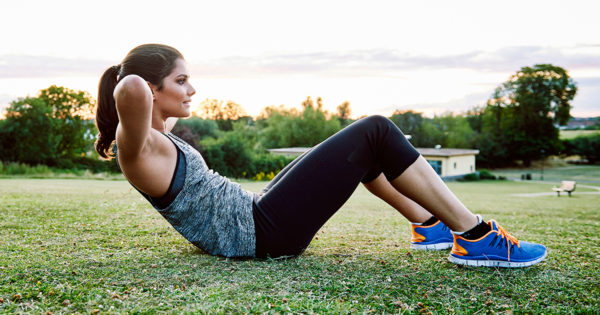
Lie on your back on the floor with your knees bent and feet flat on the the floor. Place your hands behind your head so your fingers are just behind your ears. Tilt your chin slightly so it is off the ground, but leaving a few inches between your chin and chest. Pull your abdominals inward and curl forward so your head, neck, and shoulder blades lift off the ground. Hold, then lower slowly back down. Do 15-25 reps per set, completing 3-5 sets.
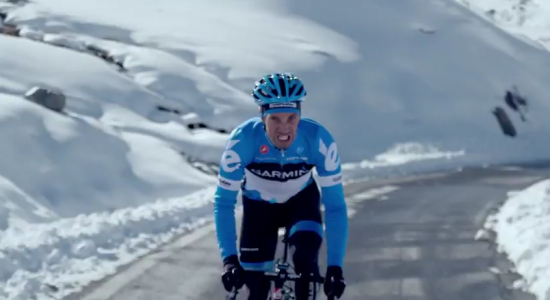
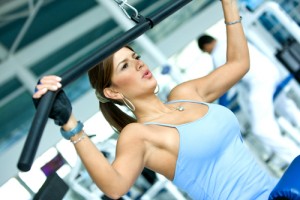

 This training article comes courtesy of Rob Swan, a NCCP Level 3 certified coach with
This training article comes courtesy of Rob Swan, a NCCP Level 3 certified coach with 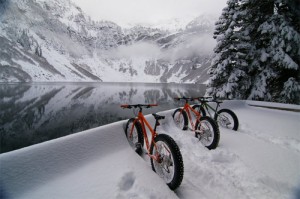 FAT Biking: Now if you truly want to stay outdoors through the winter months, test-ride a FAT Bike. Then, of course, you will be buying a FAT Bike because you will want to ride every day, winter or summer. These bikes can go anywhere, anytime and anyone can ride them. For winter, they are great as a commuter because they will roll over roads, dirt, snow and ice without a problem at all. You can take them on snow covered mountain bike trails and on snowmobile trails for the ultimate in winter fun. As well as sheer enjoyment, these bikes will help you maintain your fitness.
FAT Biking: Now if you truly want to stay outdoors through the winter months, test-ride a FAT Bike. Then, of course, you will be buying a FAT Bike because you will want to ride every day, winter or summer. These bikes can go anywhere, anytime and anyone can ride them. For winter, they are great as a commuter because they will roll over roads, dirt, snow and ice without a problem at all. You can take them on snow covered mountain bike trails and on snowmobile trails for the ultimate in winter fun. As well as sheer enjoyment, these bikes will help you maintain your fitness.